In today’s fast-paced business world, small business owners often juggle multiple tasks and responsibilities. The pressure to efficiently manage time and boost productivity is constant. With the rise of artificial intelligence (AI), many entrepreneurs are turning to AI-powered tools and techniques to streamline their workflows and achieve more with less effort. This blog will explore how AI Prompts for Time Management and Productivity will be a game-changer in small businesses. We will cover AI prompts that can help small businesses stay on track, improve organization, and reach goals faster.
By – Vamsi Bumireddy (CTO)
Why Use AI for Goal Setting in Time Management and Productivity Enhancement for Small Business?
AI is revolutionizing how small businesses manage their time and enhance productivity. Traditional methods of time management like to-do lists or scheduling software can sometimes feel limited in their effectiveness. AI can help by providing personalized recommendations, analyzing your behavior, and automating repetitive tasks. It is especially valuable for small business owners who need to wear many hats but lack the time or resources for complex project management systems.
AI can help you set realistic goals, track progress, and suggest strategies to overcome obstacles, ultimately helping you manage your time better and work more efficiently.
Powerful AI Prompts for Time Management and Productivity
Prompt 1
“Provide me with a structured plan for today based on my ongoing tasks and deadlines.”
Example Prompt
“I have three client meetings, a report due by the end of the day, and some follow-up emails to send. What’s the best order to complete these tasks, considering my peak productivity hours?”
AI Output
The AI may suggest a schedule where you first complete the report (if it’s a higher-priority task), followed by emails after your meetings. It will also optimize your task list based on the time of day, suggesting you tackle demanding tasks when most alert.
How This Helps
This prompt helps you organize your day by focusing on high-priority activities first and optimizing your schedule based on energy levels. This minimizes distractions and ensures that you complete critical tasks on time.
Prompt 2
“Help me set SMART goals for the upcoming quarter to improve my business efficiency.”
Example Prompt
“I want to increase sales by 15% and improve customer satisfaction. Can you help me break down these into measurable goals?”
AI Output
The AI will assist you in setting SMART (Specific, Measurable, Achievable, Relevant, Time-bound) goals, such as: “Increase sales by 5% in each of the next three months, track customer satisfaction with monthly surveys, and achieve a 90% satisfaction rate.
How This Helps
Breaking down goals into SMART criteria helps ensure they are clear and achievable, preventing you from getting overwhelmed. AI can also help you set intermediate milestones to track your progress.
 Prompt 3
Prompt 3
“Suggest the best ways to improve team productivity this week.”
Example Prompt
“We’re working on a project with a tight deadline. What tools or techniques can improve team collaboration and efficiency?”
AI Output
The AI may recommend strategies like using task management apps like Trello or Asana, suggesting daily stand-up meetings to align priorities, and offering productivity tips such as focusing on one task at a time.
How This Helps
This AI-generated output helps you focus on improving team dynamics, streamlining communication, and avoiding distractions, ensuring that your team is more aligned and productive.
Prompt 4
“What are the top time-saving automation tools for small businesses?”
Example Prompt
“Can you suggest tools that can automate my invoicing, social media posts, and email marketing campaigns?”
AI Output
The AI could suggest tools like Zapier (for automating workflows), Hootsuite (for scheduling social media posts), and QuickBooks (for automating invoicing and accounting tasks).
How This Helps
By automating routine tasks, AI frees up your time to focus on higher-value activities, reducing manual labour and increasing overall efficiency.
Example: How AI Prompts for Time Management and Productivity Work in Action
Scenario
You are a small business owner running a marketing agency. You’re struggling to keep track of your client’s needs, deliverables, and deadlines.
AI Prompt
“Create a project timeline for the next 30 days for Client A’s marketing campaign, including all tasks, deadlines, and client check-ins.”
AI Output
The AI generates a timeline that includes every step of the campaign, from brainstorming to delivering the final report. It schedules regular check-ins with the client to ensure they are involved throughout the process.
This output not only helps you stay organized but also ensures you don’t forget any critical steps or deadlines. AI does all the heavy lifting in terms of structuring the campaign, while you focus on executing the plan.
How Stratpilot Helps
Stratpilot is an AI-powered platform designed to enhance business operations, improve productivity, and support time management. It offers small businesses personalized prompts and recommendations tailored to their specific needs. Stratpilot ensures that every business decision is informed, and data driven.
Stratpilot also supports collaborative work environments by helping teams align on shared goals, manage projects, and stay organized. Stratpilot is a powerful tool to enhance productivity and time management in any small business. Sign up today!
Frequently Asked Questions (FAQ)
-
How can AI improve my daily productivity?
AI can help by automating repetitive tasks, setting reminders, prioritizing your schedule based on urgency, and even suggesting strategies to maximize your time. With AI tools, you can spend less time on administrative tasks and more on strategic decision-making.
-
Are AI-generated prompts useful for both small and large businesses?
Yes, AI-generated prompts are adaptable to businesses of all sizes. Small businesses can use them for day-to-day productivity, while larger organizations can benefit from AI’s ability to streamline complex processes, track team goals, and manage large-scale projects.
-
Can AI replace my current project management software?
AI tools can complement your existing software by enhancing your workflows with automation and personalized recommendations. While they may not fully replace project management software, AI can improve the efficiency of how tasks are managed and tracked.
-
How does Stratpilot integrate with my current business tools?
Stratpilot integrates seamlessly with the most common business software, task management systems, and CRM tools. It enhances existing systems by providing intelligent prompts, automating tasks, and offering data insights to improve your productivity.


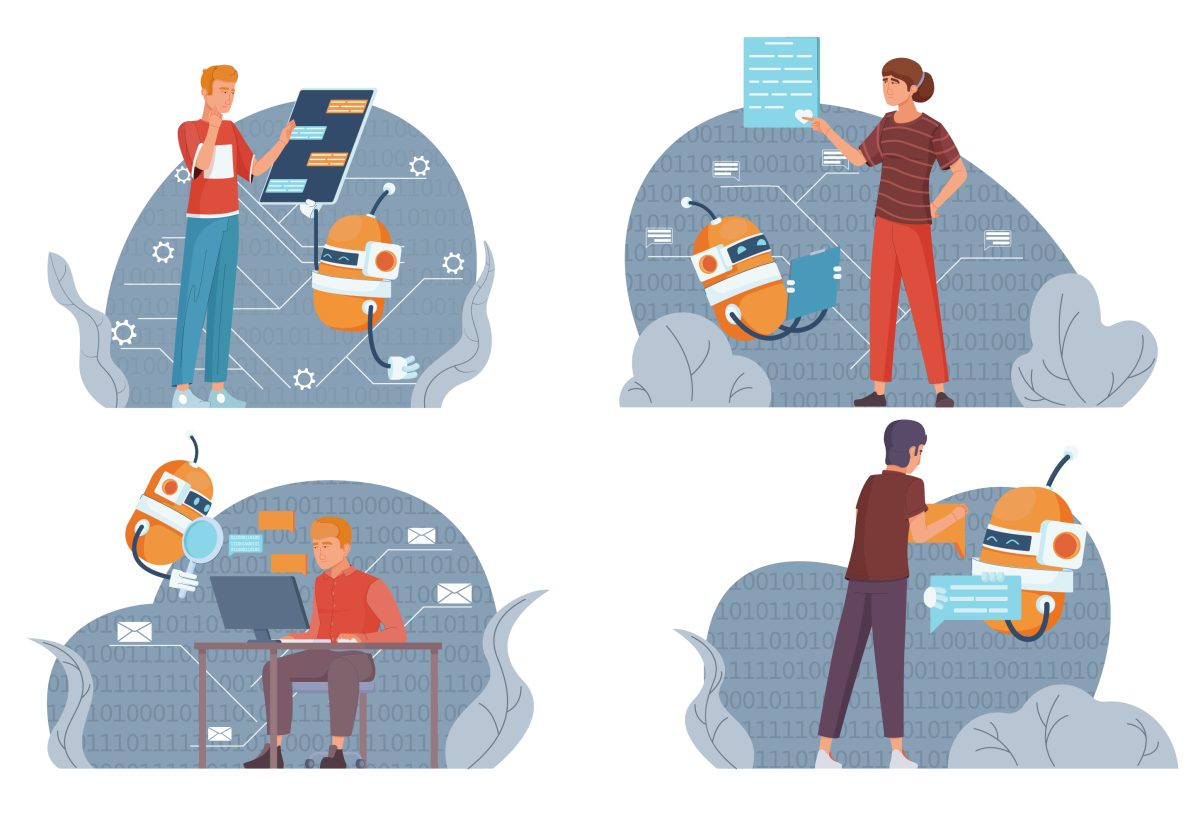

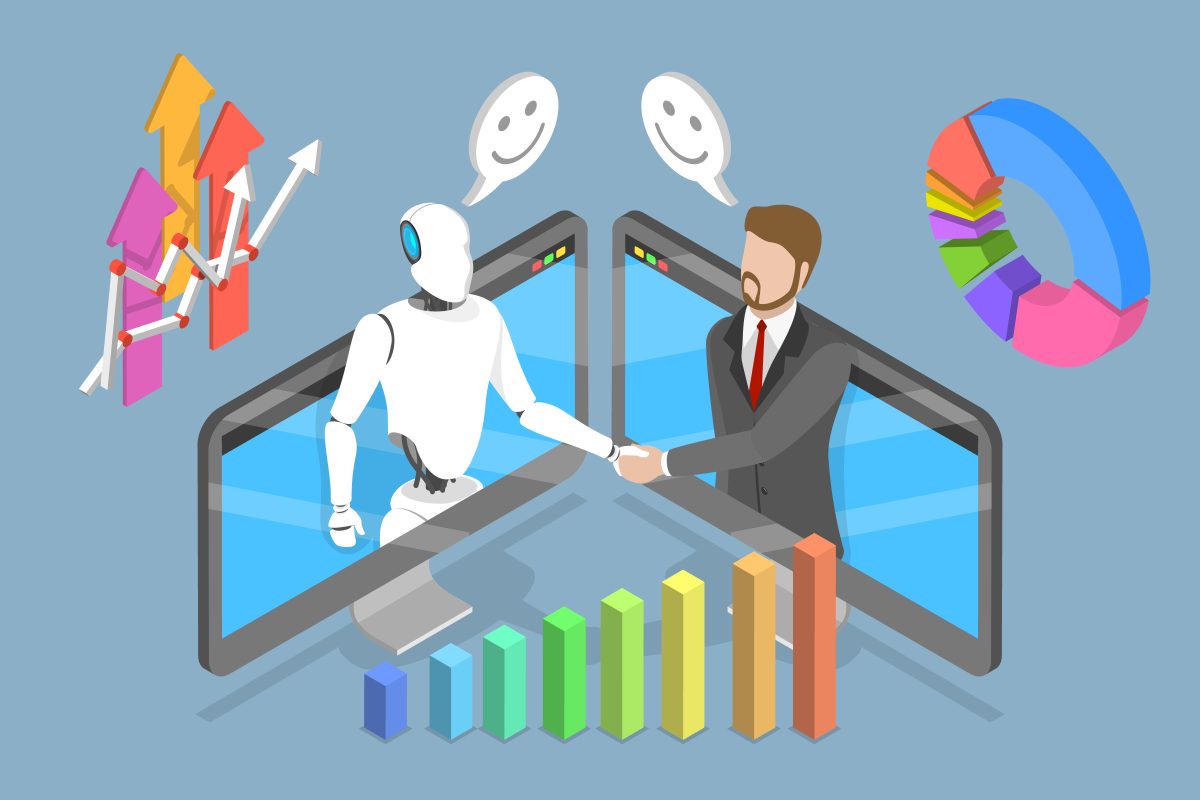


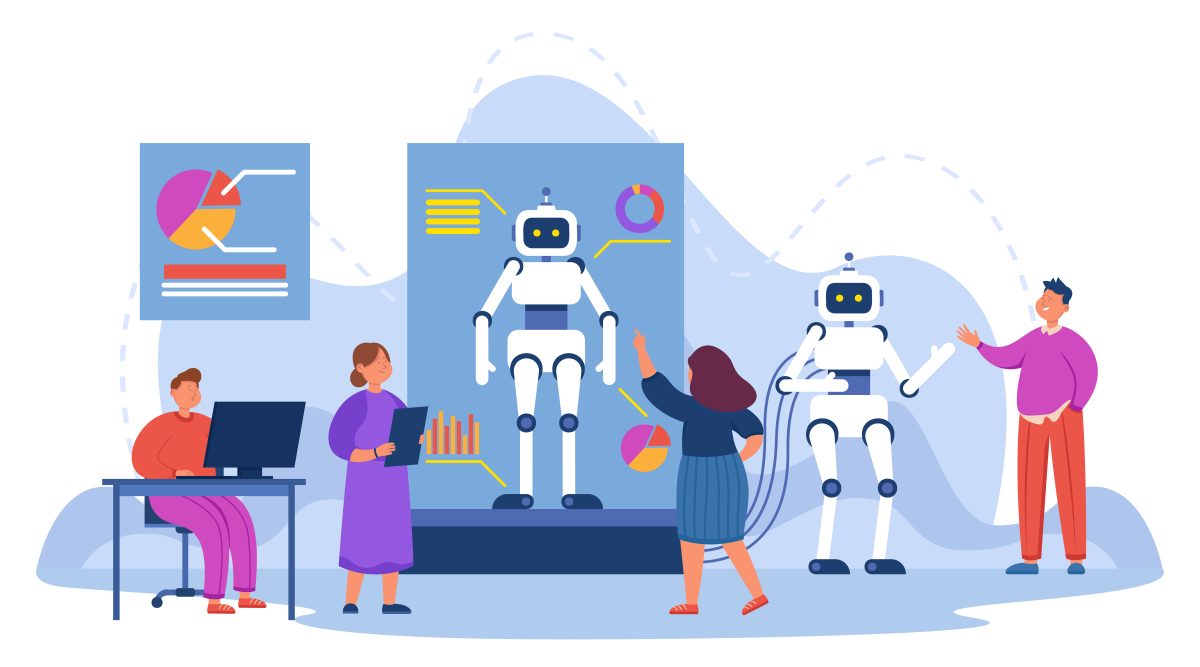
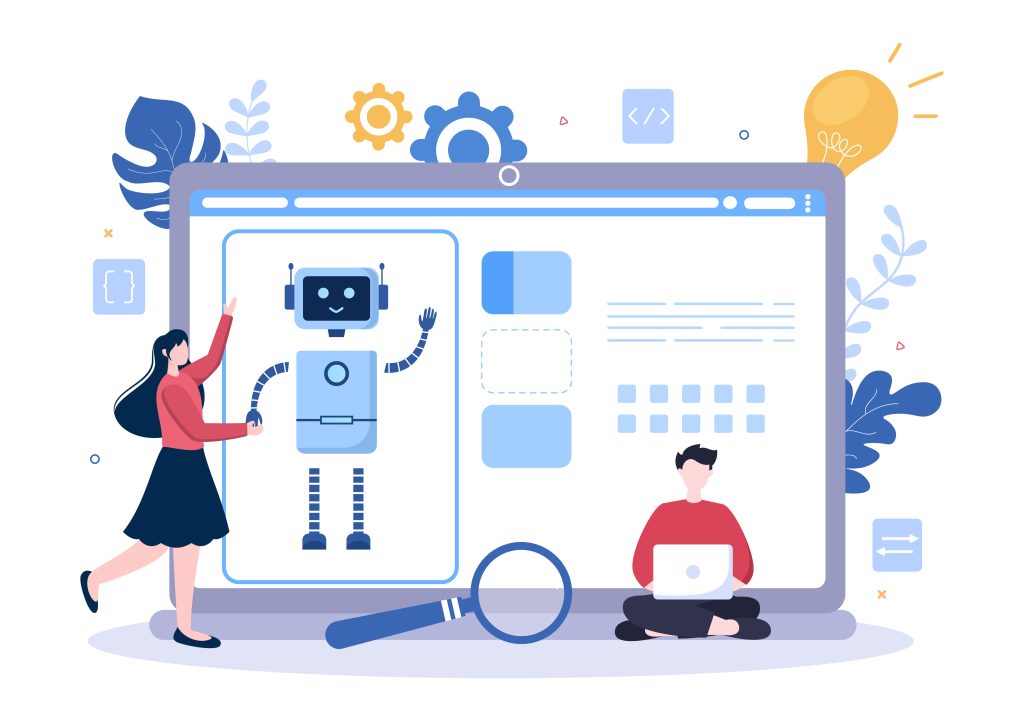


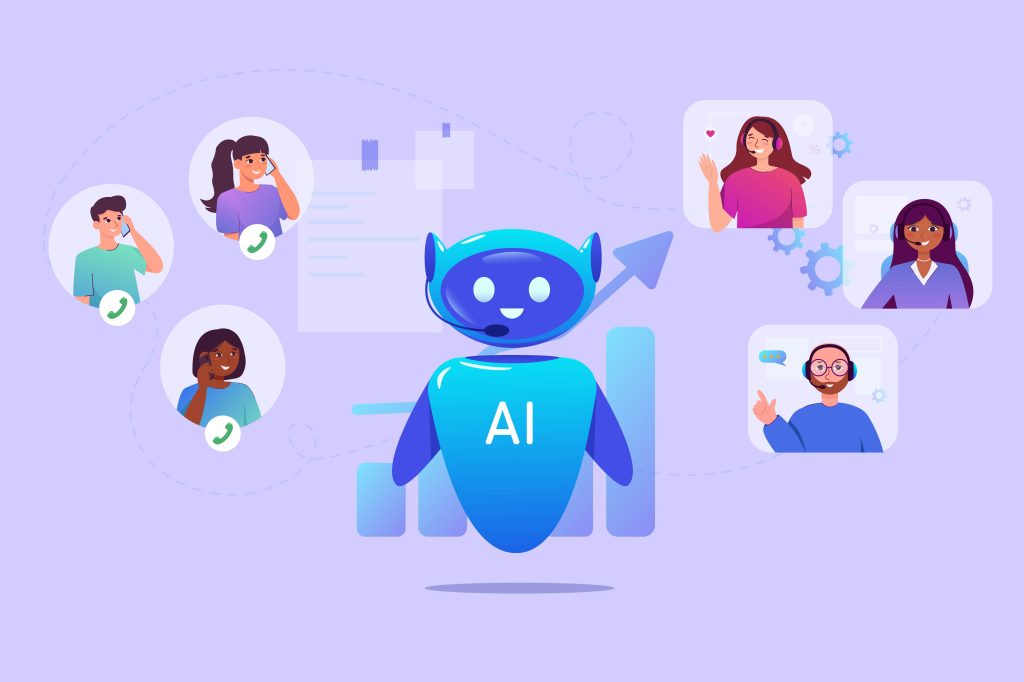 Why is Generative AI Essential for Customer Service Today?
Why is Generative AI Essential for Customer Service Today?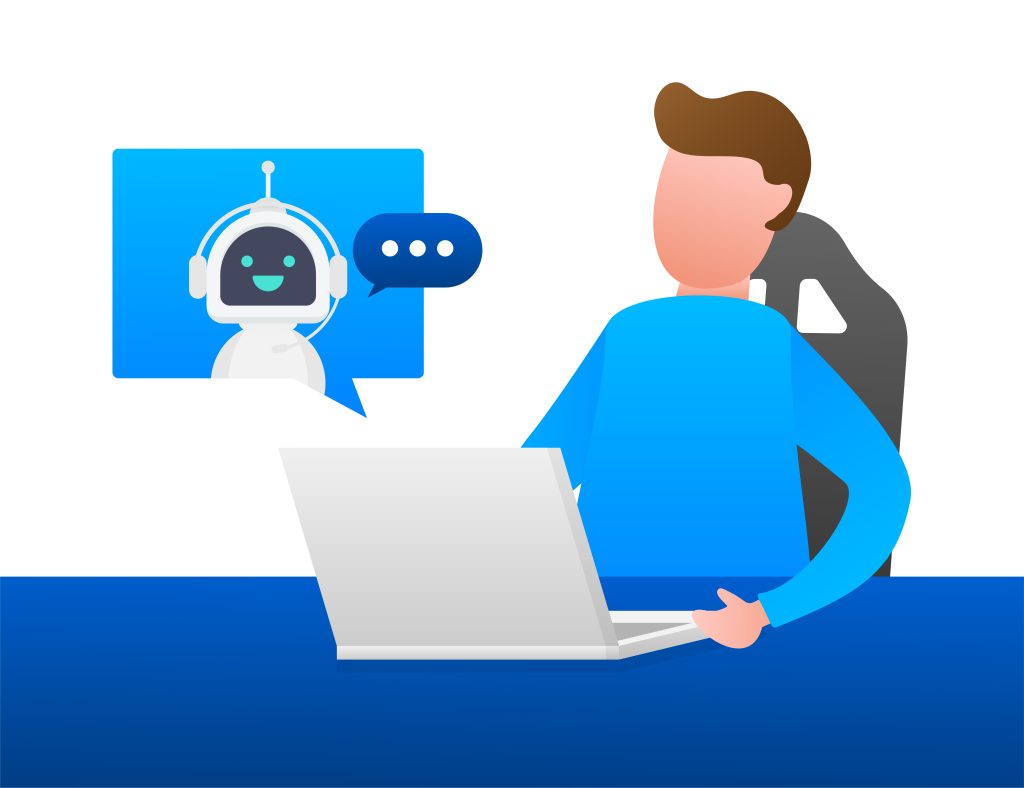 How
How 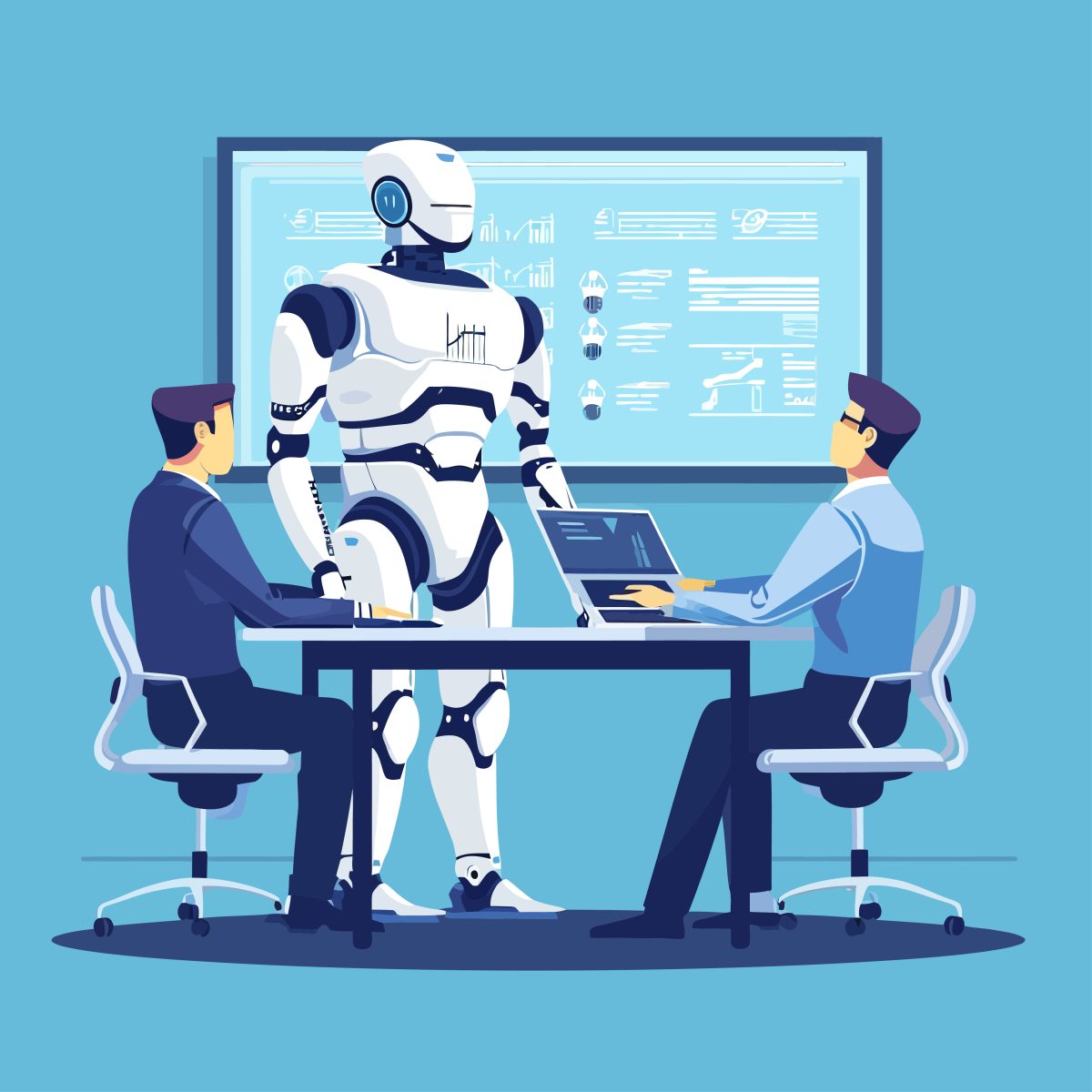

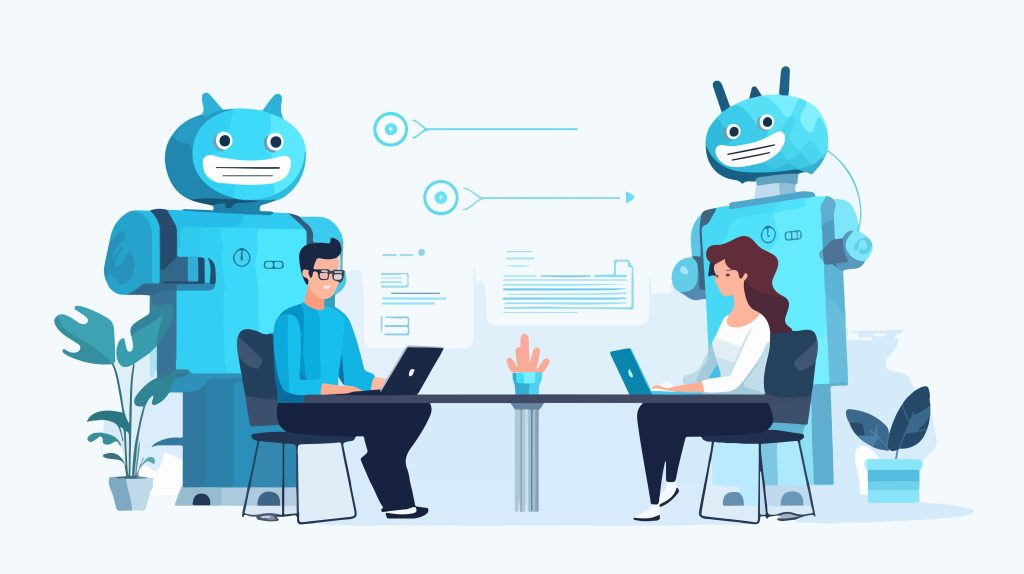
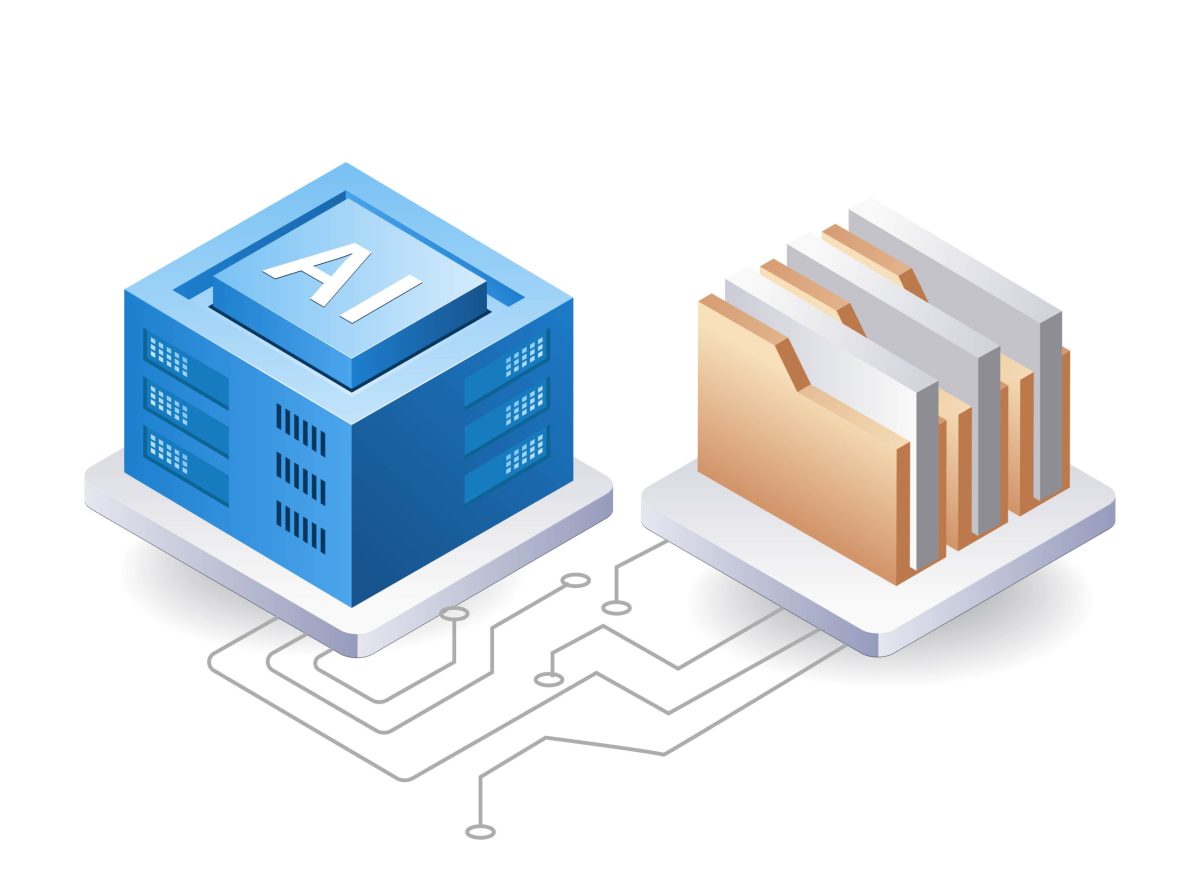
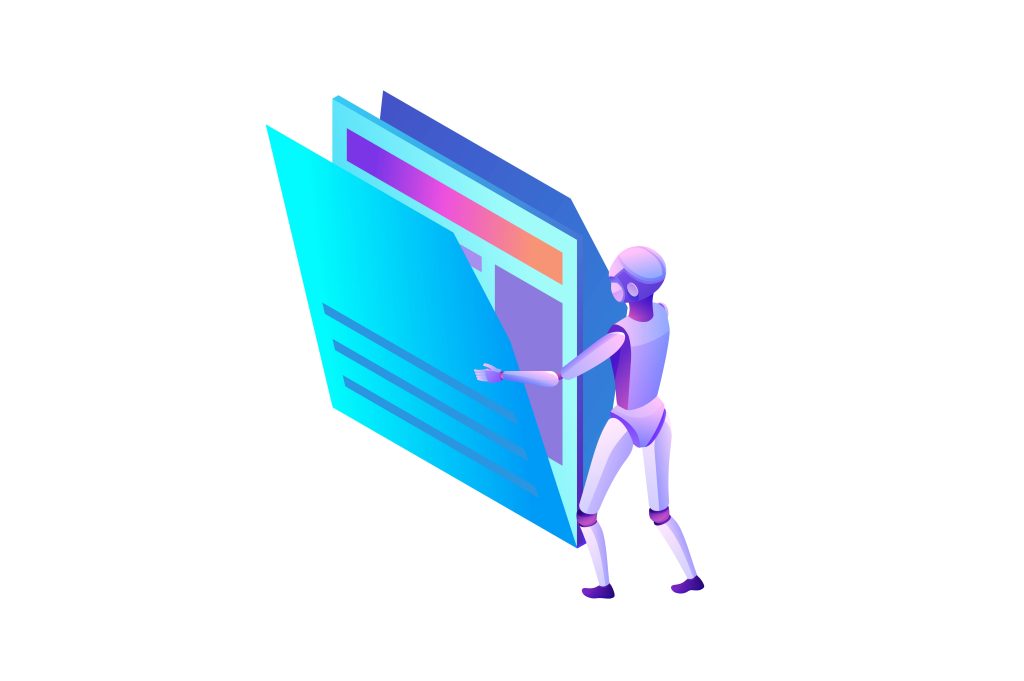 4. Document Summarization and Insights
4. Document Summarization and Insights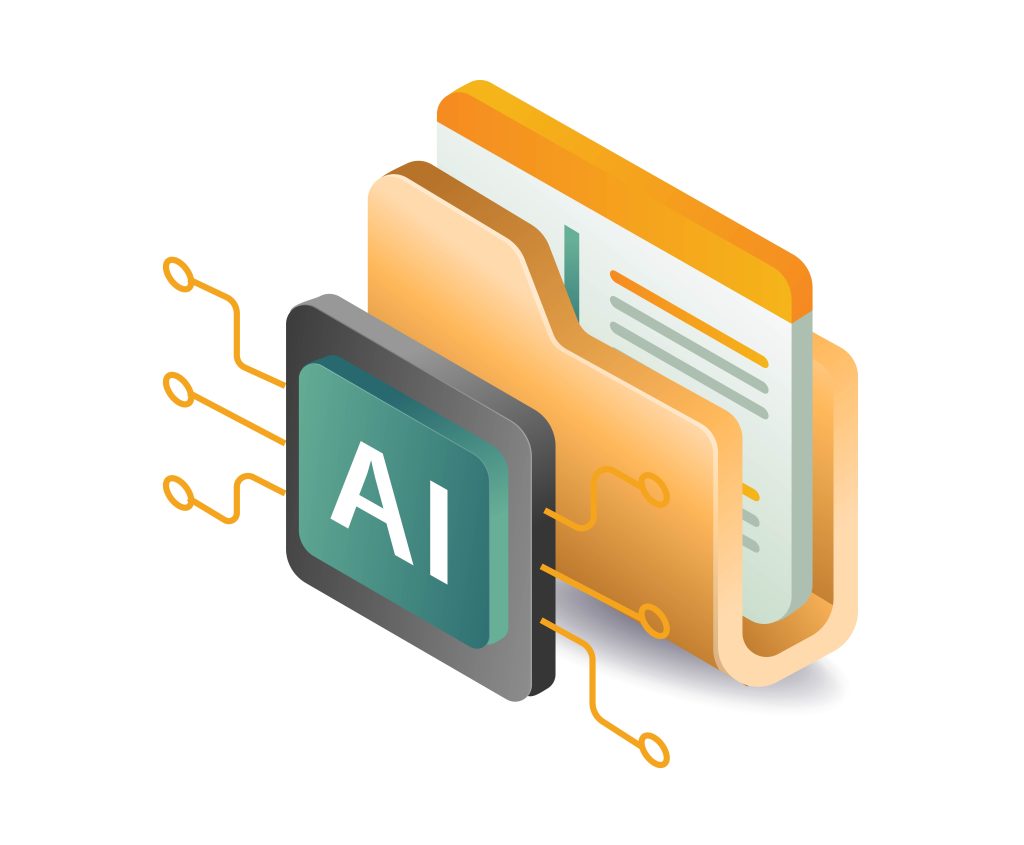 Challenges Businesses Face Without AI for Document Management
Challenges Businesses Face Without AI for Document Management
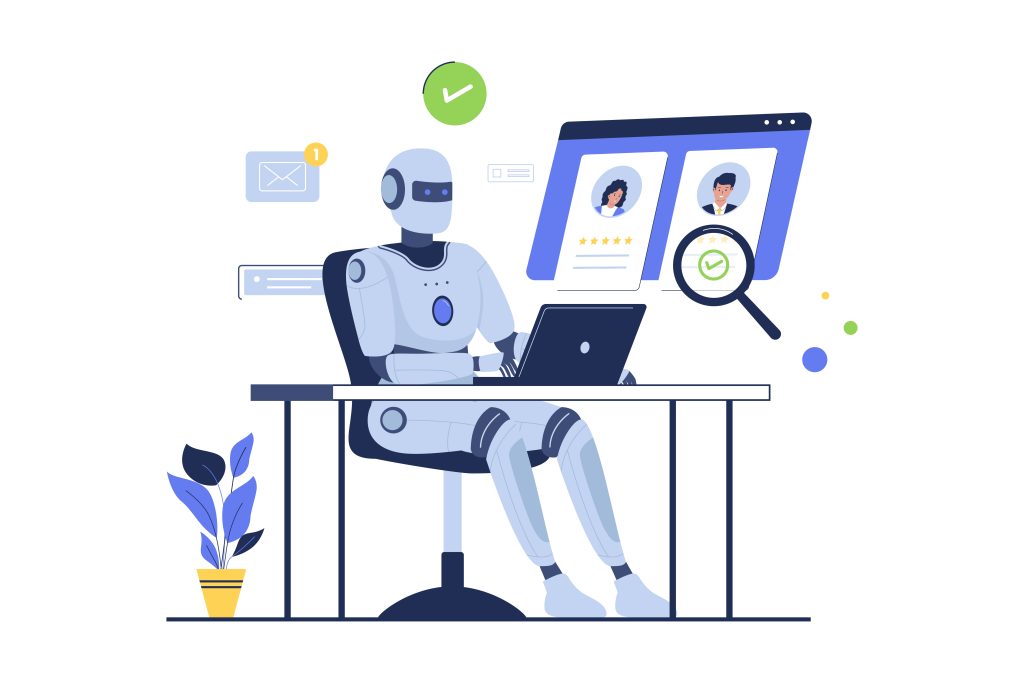 Overcoming Challenges with Practical Solutions
Overcoming Challenges with Practical Solutions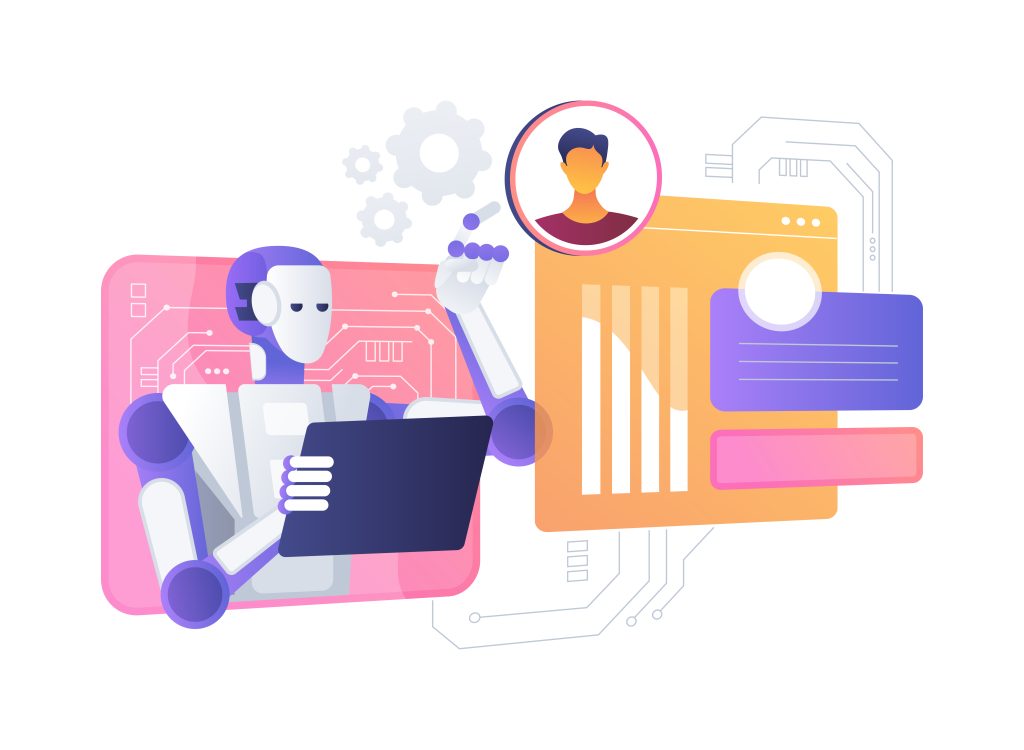 How
How 
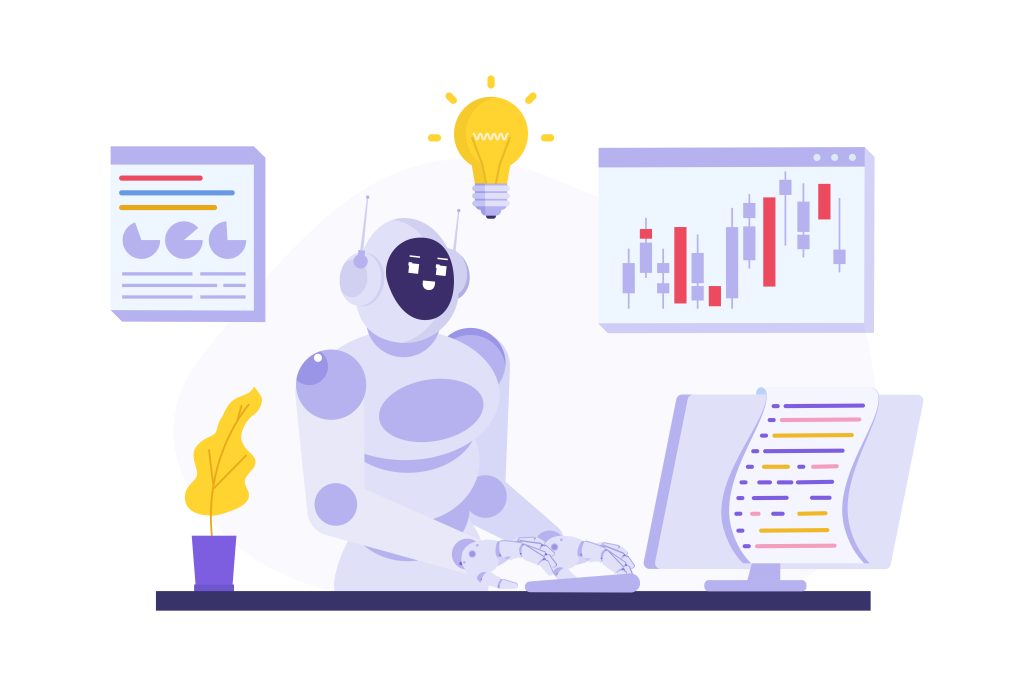 Key Applications of Generative AI in Sales
Key Applications of Generative AI in Sales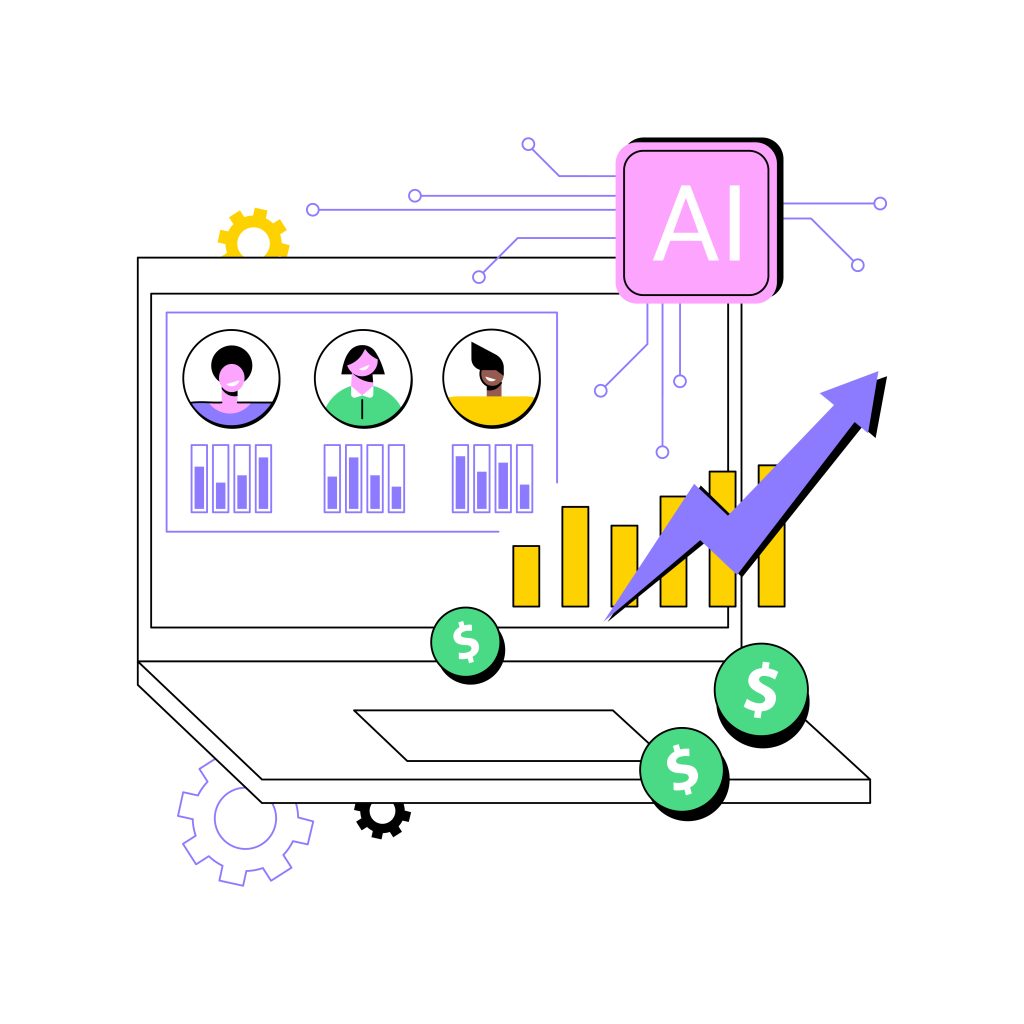
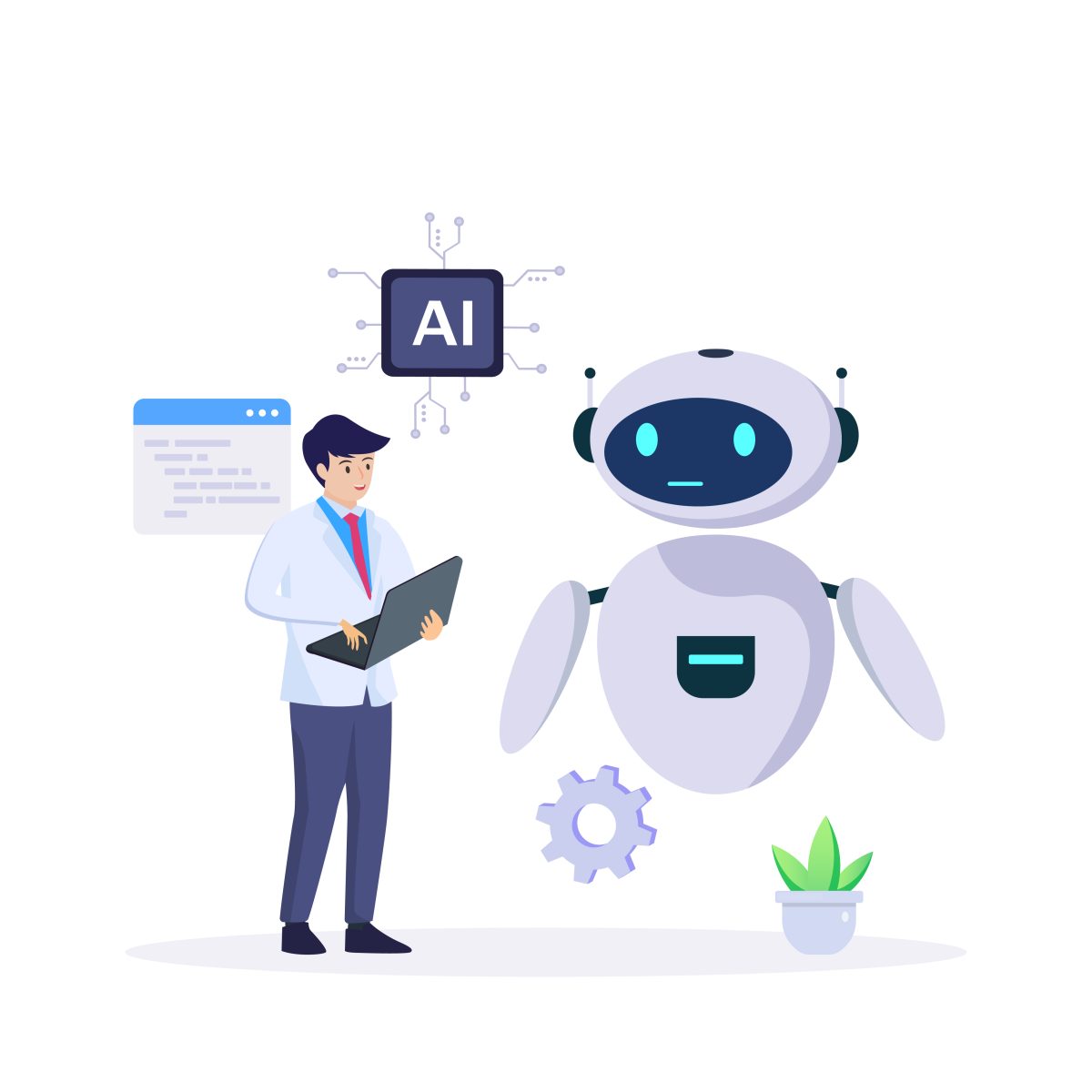
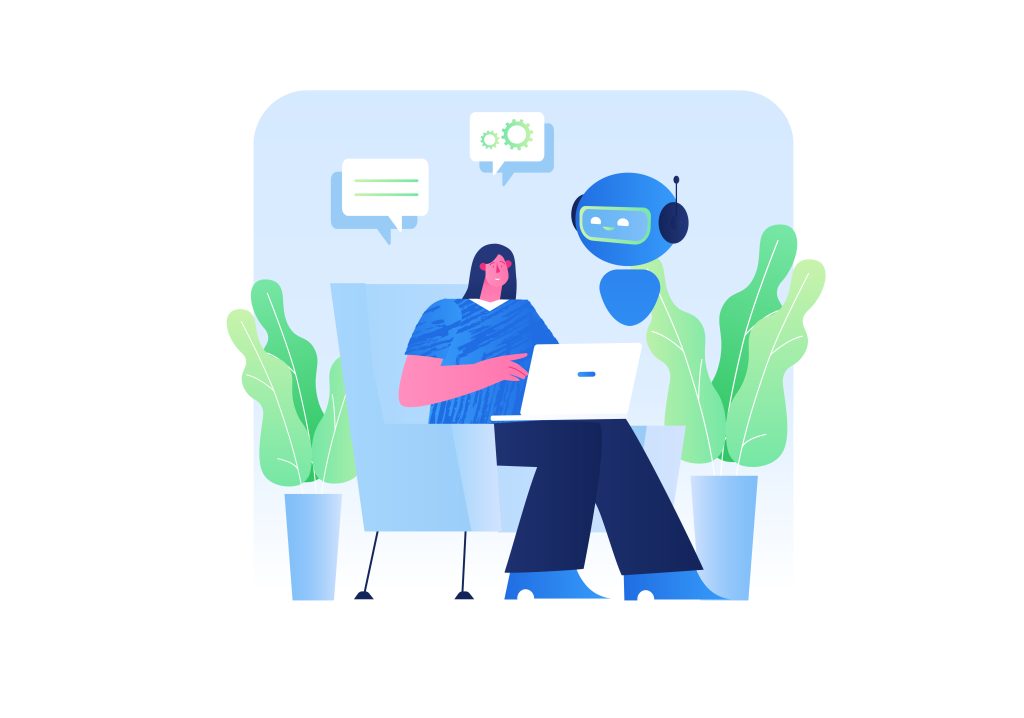 User Experience
User Experience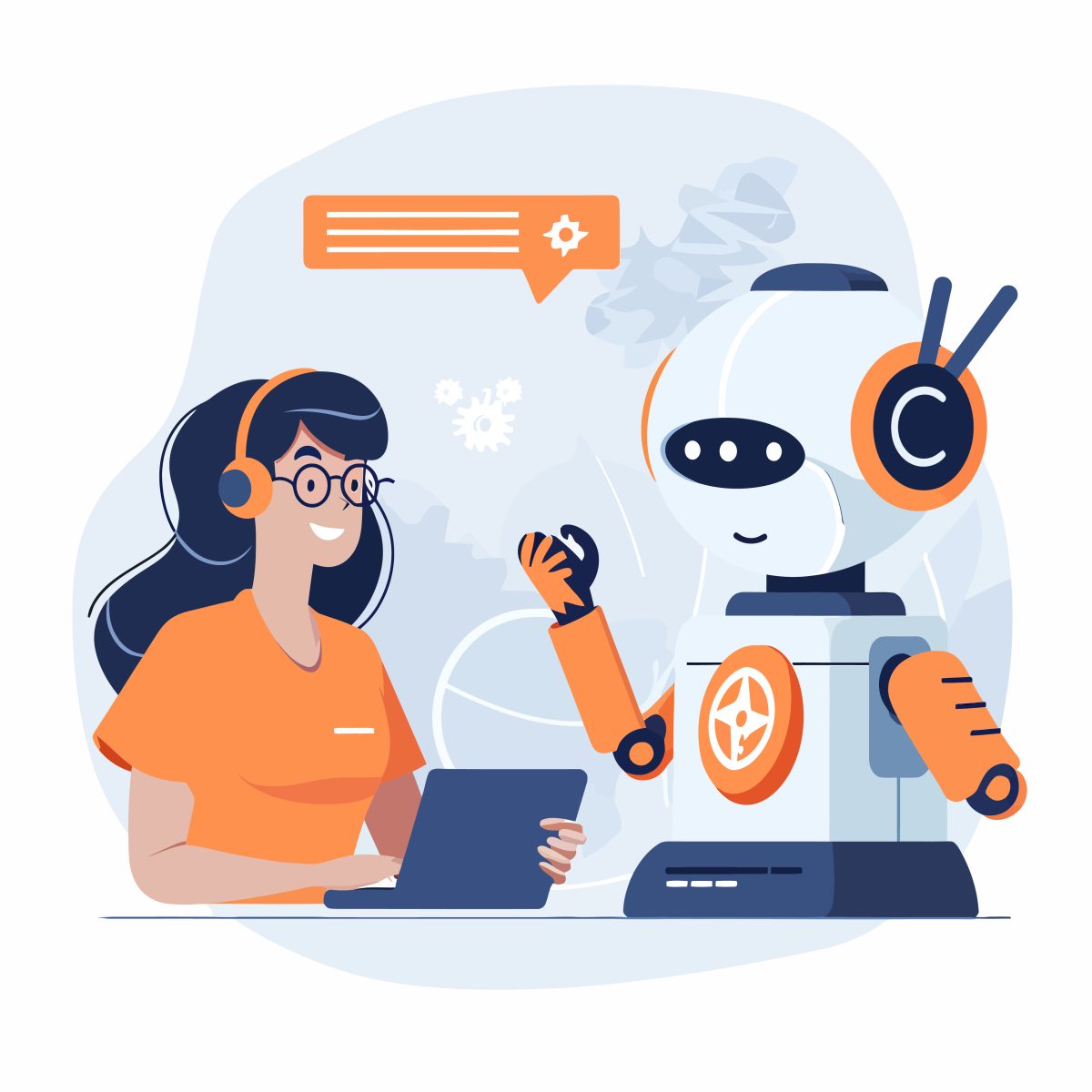
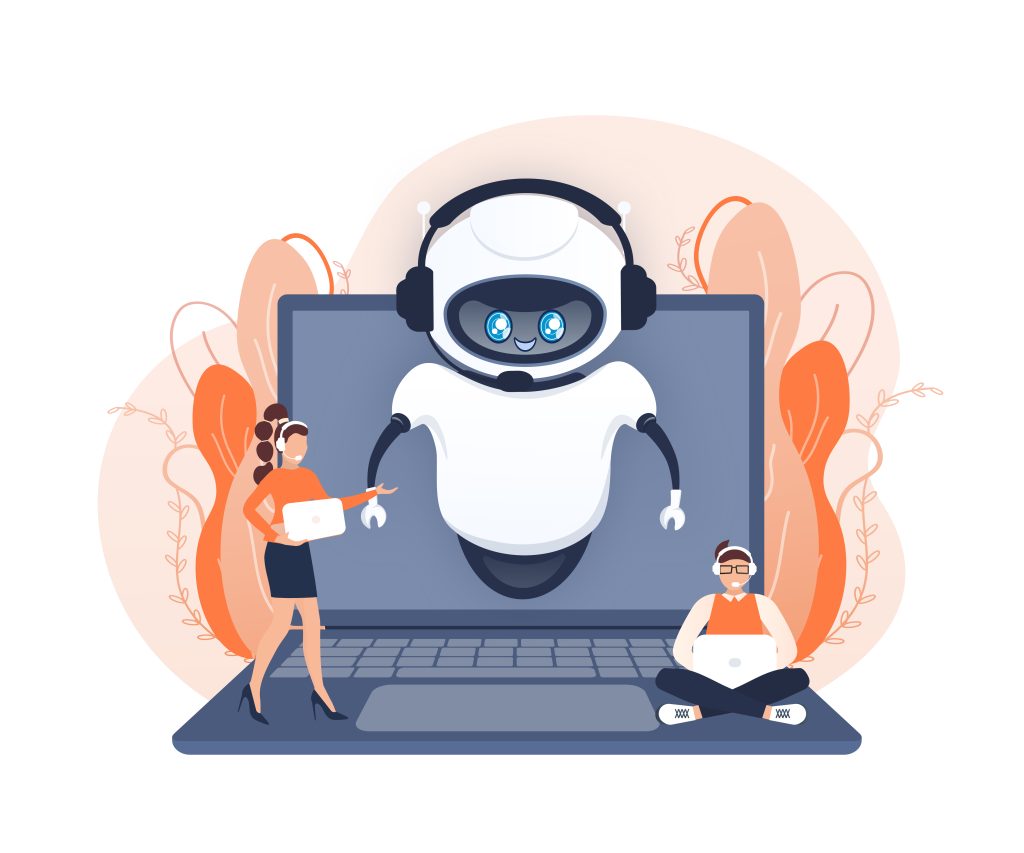 Where Asana Excels
Where Asana Excels

